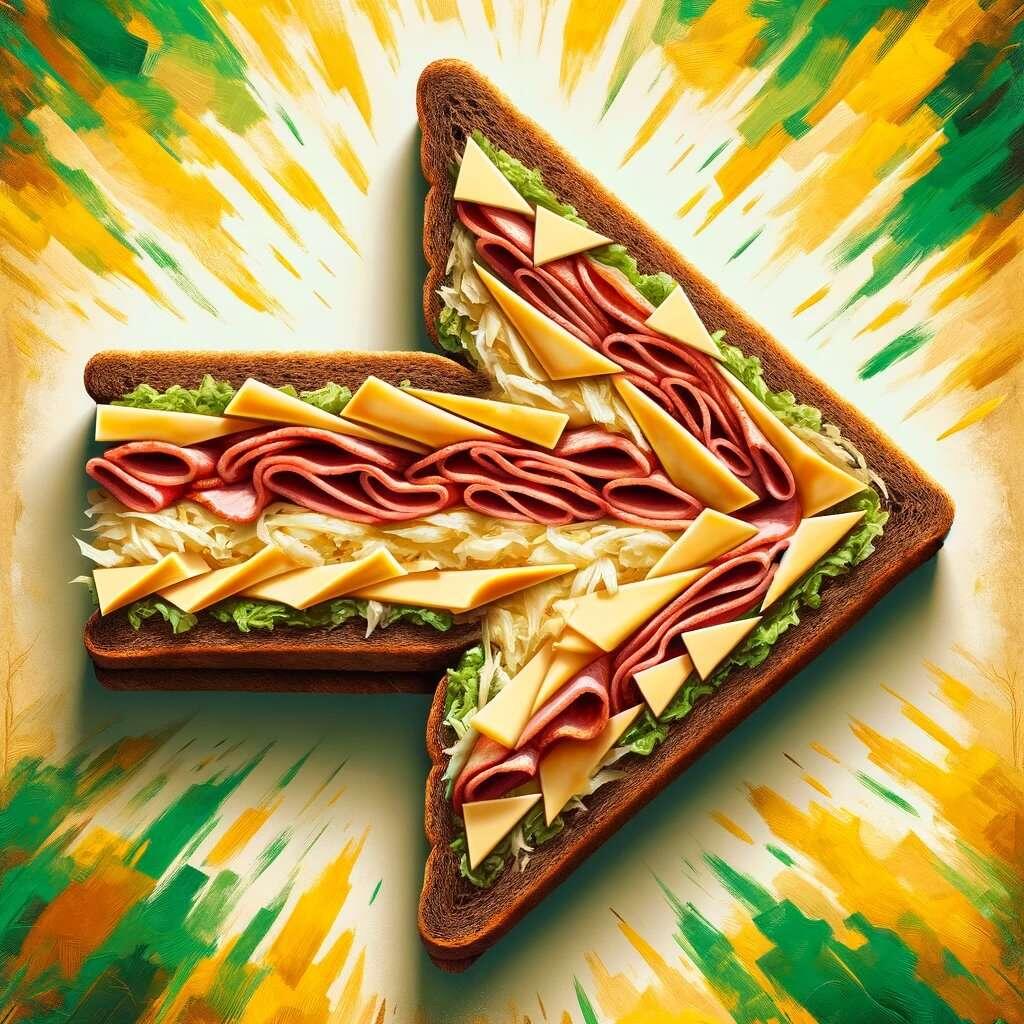quoting nevent1q…464kThe Government is one recession away from capturing US KYC'd Bitcoin.
KYC Bitcoiners don't think they can be prosecuted. "Come and take it", they say.
Those who do not learn from history are doomed to repeat it.
Numerous individuals and companies were prosecuted related to Roosevelt's Executive Order 6102. The prosecutions took place under the subsequent Executive Orders 6111, 6260, 6261 and the Gold Reserve Act of 1934.
There was a need to amend Executive Order 6102, as the one prosecution under the order was ruled invalid by Federal Judge John M. Woolsey on the grounds that the order was signed by the President, instead of the Secretary of the Treasury as required. A New York attorney named Frederick Barber Campbell had a deposit at Chase National Bank of over 5,000 troy ounces (160 kg) of gold. When Campbell attempted to withdraw the gold, Chase refused and Campbell sued Chase. A federal prosecutor indicted Campbell the following day, September 27, 1933, for failing to surrender his gold.[14] Ultimately, the prosecution of Campbell failed but the authority of the federal government to seize gold was upheld, and Campbell's gold was confiscated.
The case caused the Roosevelt administration to issue a new order under the signature of the Secretary of the Treasury, Henry Morgenthau Jr. Executive Orders 6260, and 6261 provided for the seizure of gold and the prosecution of gold hoarders. A few months later Congress passed the Gold Reserve Act of 1934, which gave legislative permanence to Roosevelt's orders. A new set of Treasury regulations was issued providing civil penalties of confiscation of all gold and imposition of fines equal to double the value of the gold seized.
Prosecutions of US citizens and noncitizens followed the new orders, among which were a few notable cases:
Gus Farber, a diamond and jewelry merchant from San Francisco, was prosecuted for the sale of thirteen $20 gold coins without a license. Secret Service agents discovered the sale with the help of the buyer. Farber, his father, and 12 others were arrested in four American cities after a sting operation conducted by the Secret Service. The arrests took place simultaneously in New York and three California cities: San Francisco, San Jose, and Oakland. Morris Anolik was arrested in New York with $5,000 in U.S. and foreign gold coins; Dan Levin and Edward Friedman of San Jose were arrested with $15,000 in gold; Sam Nankin was arrested in Oakland; in San Francisco, nine men were arrested on charges of hoarding gold. In all, $24,000 in gold was seized by Secret Service Agents during the operation.
David Baraban and his son Jacob owned a refining company. The Barabans' license to deal in unmelted scrap gold was revoked and so the Barabans operated their refining business under a license issued to a Minnie Sarch. The Barabans admitted that Minnie Sarch had nothing to do with the business and that she had obtained the license so that the Barabans could continue to deal in gold. The Barabans had a cigar box full of gold-filled scrap jewelry visible in one of the showcases. Government agents raided the Barabans' business and found another hidden box of US and foreign gold coins. The coins were seized and Baraban was charged with conspiracy to defraud the United States.
Louis Ruffino was an individual indicted on three counts purporting to violations of the Trading with the Enemy Act of 1917, which restricted trade with countries hostile to the United States. Eventually, Ruffino appealed the conviction to the 9th District Circuit Court of Appeals in 1940; however, the judgment of the lower courts was upheld, based on the President's executive orders and the Gold Reserve Act of 1934. Ruffino, a resident of Sutter Creek (California) in California gold country, was convicted of possessing 78 ounces of gold and was sentenced to 6 months in jail and a $500 fine, and had his gold seized.
Foreigners also had gold confiscated and were forced to accept paper money for their gold. The Uebersee Finanz-Korporation, a Swiss banking company, had $1,250,000 in gold coins for business use. The Uebersee Finanz-Korporation entrusted the gold to an American firm for safekeeping, and the Swiss were shocked to find that their gold was confiscated. The Swiss made appeals, but they were denied; they were entitled to paper money but not their gold. The Swiss company would have lost 40% of their gold's value if they had tried to buy the same amount of gold with the paper money that they received in exchange for their confiscated gold.
Another type of de facto gold seizure occurred as a result of the various executive orders involving bonds, gold certificates and private contracts. Private contracts or bonds that were written in terms of gold were to be paid in paper currency instead of gold although all of the contracts and the bonds proclaimed that they were payable in gold, and at least one, the fourth Liberty Bond, was a federal instrument. The plaintiffs in all cases received paper money, instead of gold, despite the contracts' terms. The contracts and the bonds were written precisely to avoid currency debasement by requiring payment in gold coin. The paper money which was redeemable in gold was instead irredeemable based on Nortz v. United States, 294 U.S. 317 (1935). The consolidated Gold Clause Cases were the following:
- Perry v. United States, 294 U.S. 330 (1935)
- U.S. v. Bankers' Trust Co., 294 U.S. 240 (1935)
- Norman v. Baltimore & Ohio R. Co., 294 U.S. 240 (1935)
- Nortz v. United States, 294 U.S. 317 (1935)
The Supreme Court upheld all seizures as constitutional, with Justices James Clark McReynolds, Willis Van Devanter, George Sutherland, and Pierce Butler dissenting. The four justices were labelled the "Four Horsemen" by the press, as their conservative views were in opposition to Roosevelt's New Deal supported by the press.
From https://wikipedia.org/wiki/Executive_Order_6102
